Home>Gardening & Outdoor>Landscaping Ideas>How To Fix Brown Patches In Your Grass
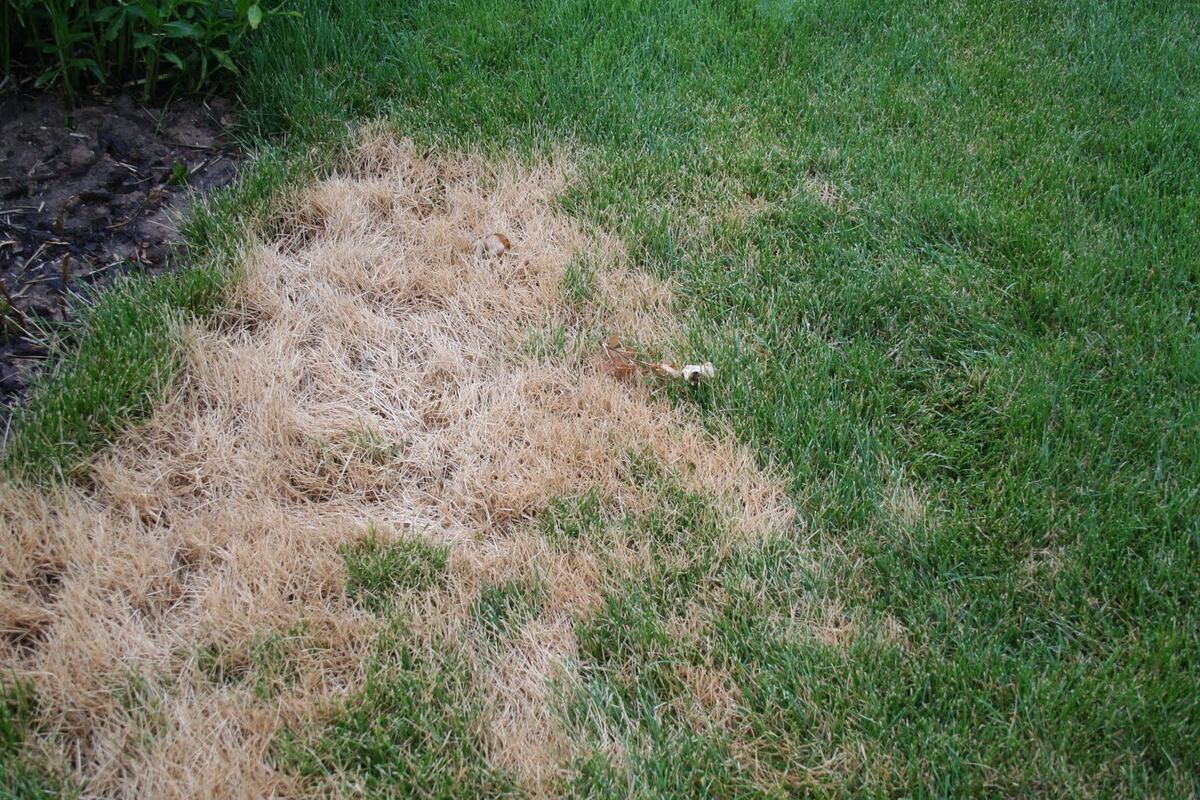

Landscaping Ideas
How To Fix Brown Patches In Your Grass
Modified: February 18, 2024
Learn effective landscaping ideas to fix brown patches in your grass and restore your lawn's lush green appearance. Our expert tips will help you achieve a healthy, vibrant yard.
(Many of the links in this article redirect to a specific reviewed product. Your purchase of these products through affiliate links helps to generate commission for Storables.com, at no extra cost. Learn more)
Introduction
Lush, green grass is a hallmark of a well-tended yard, but nothing can disrupt the visual harmony quite like unsightly brown patches. These frustrating blemishes not only detract from the overall aesthetic appeal of your lawn but also serve as indicators of underlying issues that need to be addressed promptly. Whether caused by pet urine, compacted soil, fungal diseases, or other factors, brown patches can be remedied with the right approach. In this comprehensive guide, we will delve into the various causes of brown patches in your grass, explore steps to identify the type of grass you have, and provide actionable solutions to restore your lawn to its former glory. Additionally, we will discuss preventive measures to safeguard your grass from future brown patches, ensuring that your outdoor space remains a verdant oasis. Let's embark on this journey to reclaim the vibrancy of your lawn and cultivate a thriving, green expanse that you can take pride in.
Key Takeaways:
- Say goodbye to brown patches by identifying the cause, choosing the right grass, and following targeted steps for revival.
- Prevent future brown patches by caring for your pets, maintaining your lawn, and conducting regular soil tests for optimal growth.
Read more: What Causes Brown Patches In Bermuda Grass
Understanding the Causes of Brown Patches
Before delving into the remedies for brown patches in your grass, it’s crucial to understand the potential culprits behind this common lawn woe. Several factors can contribute to the formation of brown patches, and identifying the root cause is pivotal in implementing effective solutions.
1. Pet Urine: Your beloved furry companions may inadvertently be the cause of brown patches in your yard. The high nitrogen content in pet urine can scorch the grass, resulting in unsightly discoloration. Understanding your pet’s habits and taking proactive measures, such as diluting the affected areas with water after urination, can help mitigate this issue.
2. Compacted Soil: Soil compaction can impede the circulation of air, water, and nutrients to the grassroots, leading to brown patches. This often occurs in high-traffic areas or regions with heavy clay soil. Aerating the soil can alleviate compaction and promote healthier grass growth.
3. Fungal Diseases: Various fungal diseases, such as brown patch disease and dollar spot, can manifest as brown patches in your lawn. These diseases thrive in humid conditions and can rapidly spread if left unchecked. Proper lawn maintenance, including adequate ventilation and appropriate watering practices, can help prevent fungal infestations.
4. Inadequate Watering: Overwatering or underwatering your lawn can both result in brown patches. Inconsistent watering patterns and improper irrigation techniques can stress the grass and lead to discoloration. Understanding your grass’s specific water requirements based on its type and environmental factors is essential for maintaining its lush green hue.
5. Soil pH Imbalance: An imbalance in soil pH levels can impede nutrient uptake by the grass, causing it to turn brown. Conducting a soil test to assess its pH and subsequently applying the necessary amendments can help rectify this issue.
By familiarizing yourself with these potential causes of brown patches, you can take targeted measures to address the specific factors contributing to the decline of your lawn’s health. This understanding will serve as the foundation for implementing tailored solutions to rejuvenate your grass and restore its natural vibrancy.
Identifying the Type of Grass
When it comes to addressing brown patches in your lawn, identifying the type of grass you have is a crucial first step. Different grass species have unique characteristics and maintenance requirements, and understanding these distinctions is essential for implementing effective remedial measures.
1. Cool-Season Grasses: Common cool-season grasses include Kentucky bluegrass, fescue, and ryegrass. These grasses thrive in moderate temperatures and are prevalent in regions with cold winters and mild summers. Cool-season grasses often exhibit peak growth during spring and fall, and they can withstand some degree of cold weather. Identifying whether your lawn predominantly consists of cool-season grasses will guide your approach to addressing brown patches, as the care regimen for these grasses differs from that of warm-season varieties.
2. Warm-Season Grasses: Warm-season grasses, such as Bermuda grass, zoysia grass, and St. Augustine grass, flourish in hot climates and exhibit optimal growth during the warmer months. They are well-suited to regions with scorching summers and mild winters. Understanding whether your lawn comprises warm-season grasses is essential, as their distinct growth patterns and maintenance requirements necessitate tailored strategies for mitigating brown patches and promoting healthy regrowth.
3. Transitional Zone Grasses: In regions characterized by fluctuating temperatures and diverse climatic conditions, transitional zone grasses, including tall fescue and fine fescue, are commonly found. These grasses exhibit traits of both cool-season and warm-season varieties, making their identification and care requirements somewhat nuanced. If your lawn features transitional zone grasses, acknowledging their unique attributes will inform your approach to addressing brown patches effectively.
Accurately identifying the type of grass adorning your lawn empowers you to tailor your remedial efforts to suit the specific needs of the grass species present. By recognizing the distinct characteristics and growth patterns of the grasses, you can implement targeted strategies to rejuvenate your lawn and foster healthy, vibrant growth.
To fix brown patches in your grass, first identify the cause (such as overwatering or pet urine) and address it. Then, rake out the dead grass, reseed the area, and keep it well-watered until the new grass establishes.
Steps to Fix Brown Patches
Addressing brown patches in your grass involves a systematic approach aimed at rectifying the underlying issues while promoting healthy regrowth. By following these steps, you can effectively restore the lush green expanse of your lawn:
- 1. Identify the Underlying Cause: Before implementing remedial measures, ascertain the specific factors contributing to the formation of brown patches. Whether it’s pet urine, soil compaction, fungal diseases, inadequate watering, or soil pH imbalance, understanding the root cause is pivotal in devising targeted solutions.
- 2. Rake and Remove Debris: Clear the affected areas of any debris, thatch, or dead grass to facilitate better air circulation and prepare the ground for treatment and regrowth.
- 3. Adjust Your Mowing Practices: Ensure that you’re adhering to the appropriate mowing height for your specific grass type. Avoid cutting the grass too short, as this can stress the plants and impede their ability to recover from the brown patches.
- 4. Apply Grass Seed: Overseed the brown patches with high-quality grass seed that is well-suited to your lawn’s existing grass species. This will promote new growth and help fill in the damaged areas.
- 5. Water Adequately: Provide consistent and adequate watering to the affected areas, ensuring that the soil remains moist but not waterlogged. Proper irrigation is essential for facilitating the germination of the grass seed and supporting the recovery of the damaged turf.
- 6. Address Soil Compaction: If soil compaction is identified as a contributing factor, aerate the soil to improve its structure and promote better root development. This will enhance the grass’s ability to absorb nutrients and water, aiding in its recovery.
- 7. Implement Fungal Disease Control Measures: If fungal diseases are prevalent, apply appropriate fungicides or organic treatments as recommended for the specific type of fungal infestation affecting your lawn. Additionally, ensure proper ventilation and avoid overwatering to create less favorable conditions for fungal growth.
- 8. Monitor and Maintain: Regularly monitor the treated areas, ensuring that the new grass seedlings are establishing themselves and that the overall health of the lawn is improving. Adjust your maintenance practices as needed to support the recovery process.
By methodically addressing the underlying causes, nurturing new grass growth, and implementing targeted remedial measures, you can effectively fix brown patches and rejuvenate the lushness of your lawn. Patience and consistent care are key as you guide your grass back to its vibrant, healthy state.
Preventing Future Brown Patches
While remedying existing brown patches is essential, preventing their recurrence is equally important for maintaining a consistently healthy and vibrant lawn. By implementing proactive measures and adhering to best practices, you can safeguard your grass from future discoloration and promote its long-term well-being. Here are key steps to prevent the formation of brown patches:
- 1. Proper Pet Care: If pet urine is a contributing factor, consider training your pets to use designated areas for urination. Diluting the affected spots with water immediately after urination can help minimize the impact on the grass.
- 2. Regular Lawn Maintenance: Adopt a consistent lawn maintenance routine, including mowing at the appropriate height, regular watering, and timely fertilization. This will promote robust grass growth and resilience against stressors that can lead to brown patches.
- 3. Soil Aeration: Periodically aerate your lawn to alleviate soil compaction and enhance the circulation of air, water, and nutrients to the grassroots. This practice fosters healthier root development and reduces the likelihood of brown patches caused by compacted soil.
- 4. Balanced Watering Practices: Implement a well-calibrated watering schedule, ensuring that your lawn receives adequate hydration without being overwatered. Consistent moisture levels will support the grass’s health and minimize the risk of brown patches resulting from water stress.
- 5. Soil Testing and Amendment: Conduct regular soil tests to assess the pH levels and nutrient content of your soil. Based on the results, amend the soil as needed to maintain optimal growing conditions for your grass and prevent nutrient-related discoloration.
- 6. Disease Prevention: Practice good lawn hygiene by promptly removing thatch and debris, and avoid over-fertilizing, which can make the grass more susceptible to fungal diseases. Additionally, ensure proper ventilation and avoid watering in the evening to minimize conditions favorable for fungal growth.
- 7. Selective Planting: When establishing or renovating your lawn, select grass species that are well-suited to your local climate and environmental conditions. Choosing resilient grass varieties can enhance your lawn’s ability to withstand stressors and resist browning.
- 8. Professional Maintenance: Consider engaging professional lawn care services for periodic maintenance, such as aeration, overseeding, and disease prevention treatments. Expert guidance and interventions can contribute to the long-term health and vitality of your lawn.
By integrating these preventive measures into your lawn care regimen, you can fortify your grass against the factors that commonly lead to brown patches. Consistent attention to your lawn’s needs and proactive maintenance will contribute to a resilient and luxuriant expanse of greenery, ensuring that brown patches become a distant memory.
Read more: How To Fix Dirt Patches In The Grass
Conclusion
Transforming brown patches into a lush, verdant lawn is an achievable goal with the right knowledge and approach. By understanding the diverse causes of brown patches, identifying the type of grass in your lawn, and implementing targeted solutions, you can restore the natural vibrancy of your outdoor space. Moreover, taking proactive measures to prevent future brown patches will sustain the long-term health and beauty of your lawn.
As you embark on this journey to revitalize your grass, remember that patience and consistent care are paramount. Each step you take, from addressing the underlying causes of brown patches to nurturing new grass growth, contributes to the overall well-being of your lawn.
By integrating preventive measures, such as proper pet care, regular maintenance, and soil testing, into your lawn care routine, you can fortify your grass against the factors that commonly lead to brown patches. This proactive approach will help your lawn thrive, showcasing a luxurious expanse of greenery that enhances the beauty of your outdoor environment.
In essence, the journey to fix and prevent brown patches in your grass is a testament to your commitment to cultivating a healthy and vibrant outdoor space. With the knowledge and strategies outlined in this guide, you are equipped to transform your lawn into a resilient and picturesque landscape that you can take pride in, while creating a welcoming haven for relaxation and enjoyment.
Embrace the opportunity to nurture your lawn, and celebrate the transformation of brown patches into a flourishing expanse of green, enriching your outdoor experience and elevating the allure of your home.
Frequently Asked Questions about How To Fix Brown Patches In Your Grass
Was this page helpful?
At Storables.com, we guarantee accurate and reliable information. Our content, validated by Expert Board Contributors, is crafted following stringent Editorial Policies. We're committed to providing you with well-researched, expert-backed insights for all your informational needs.
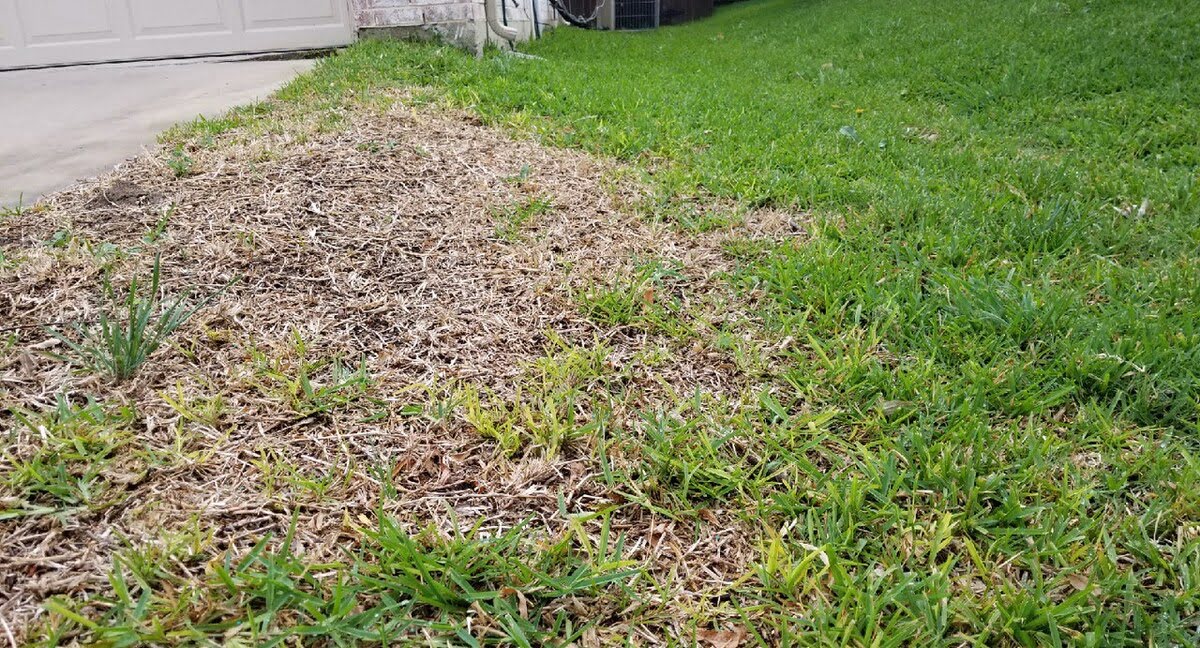
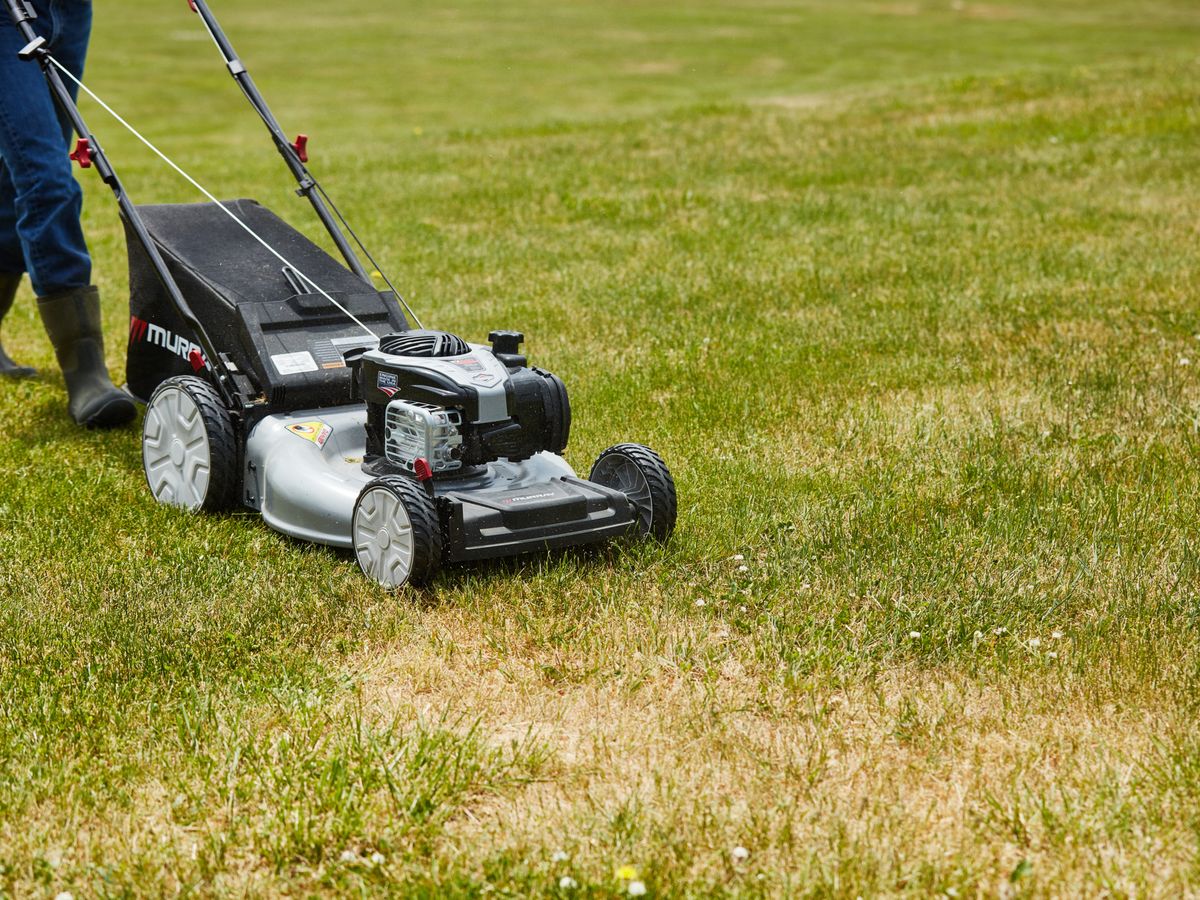
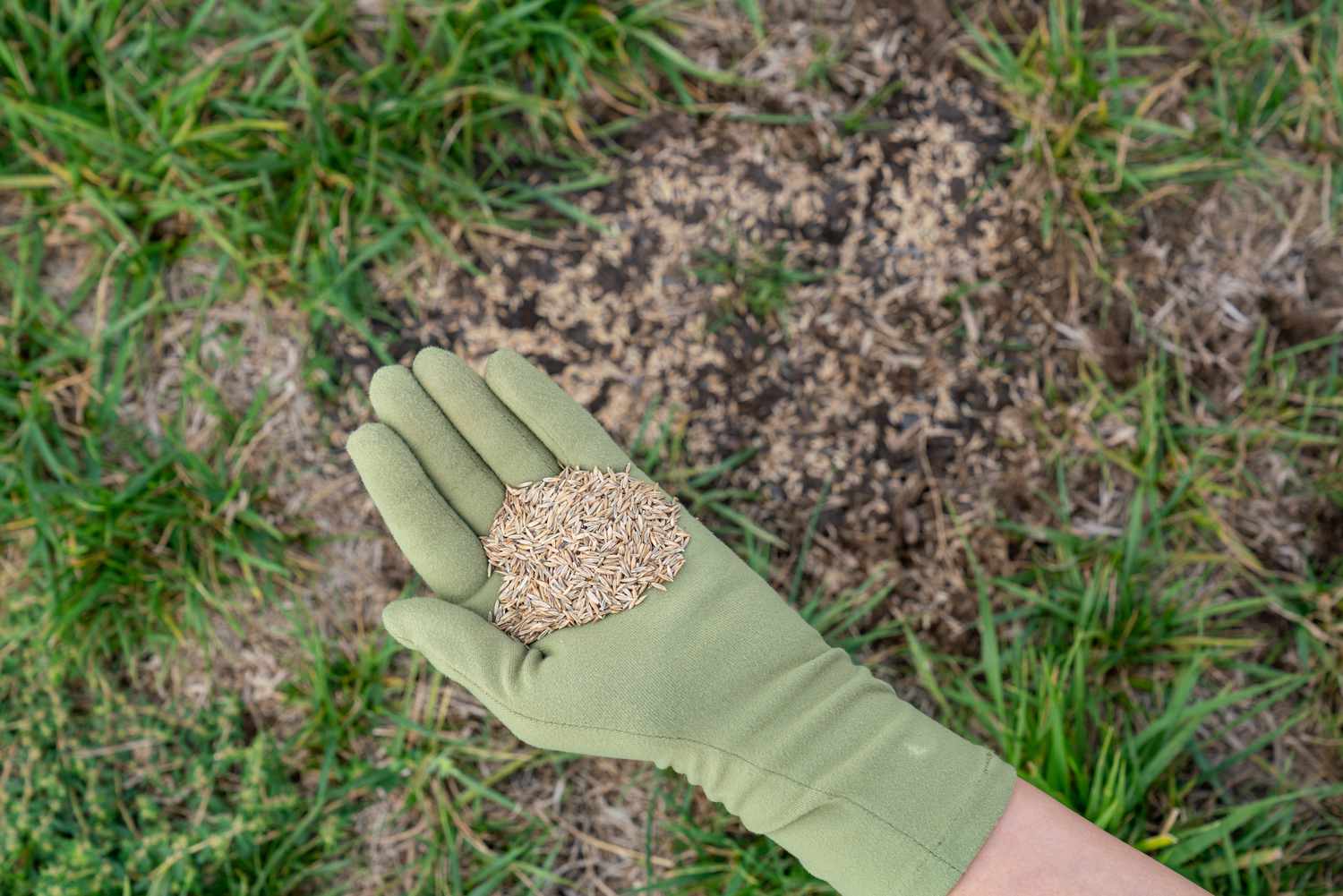
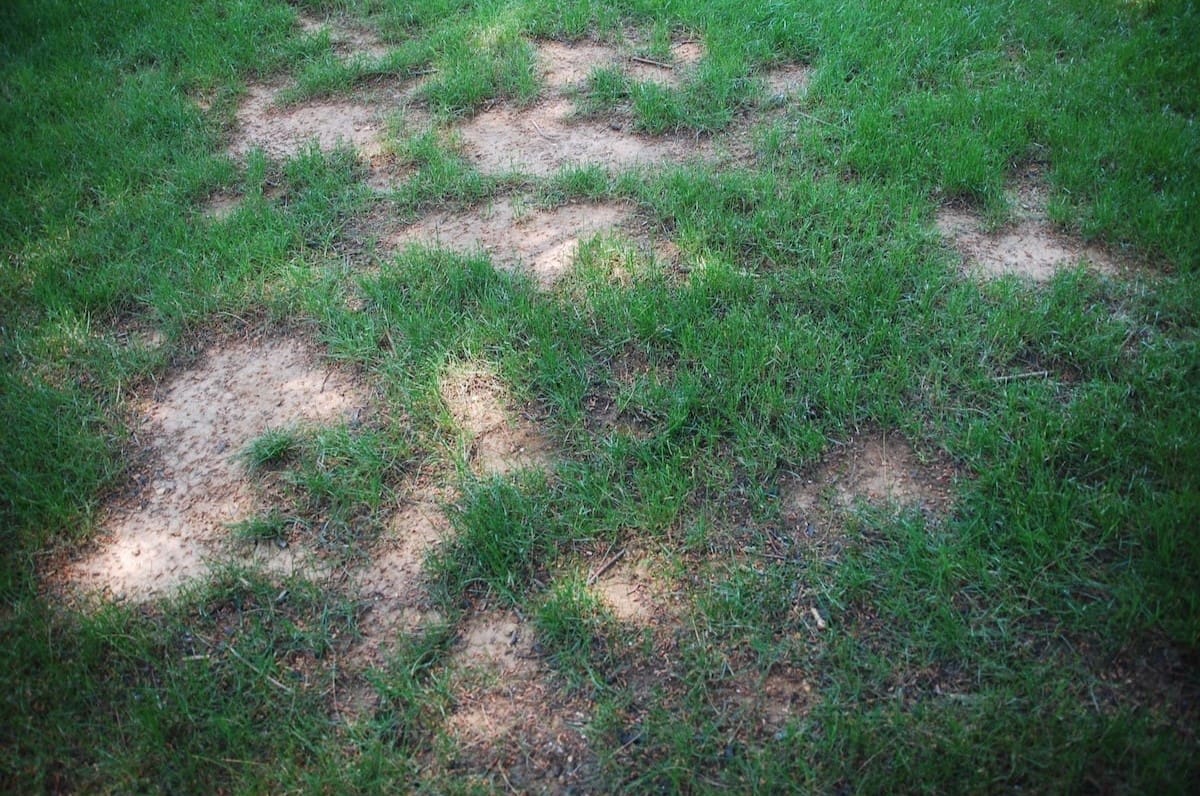
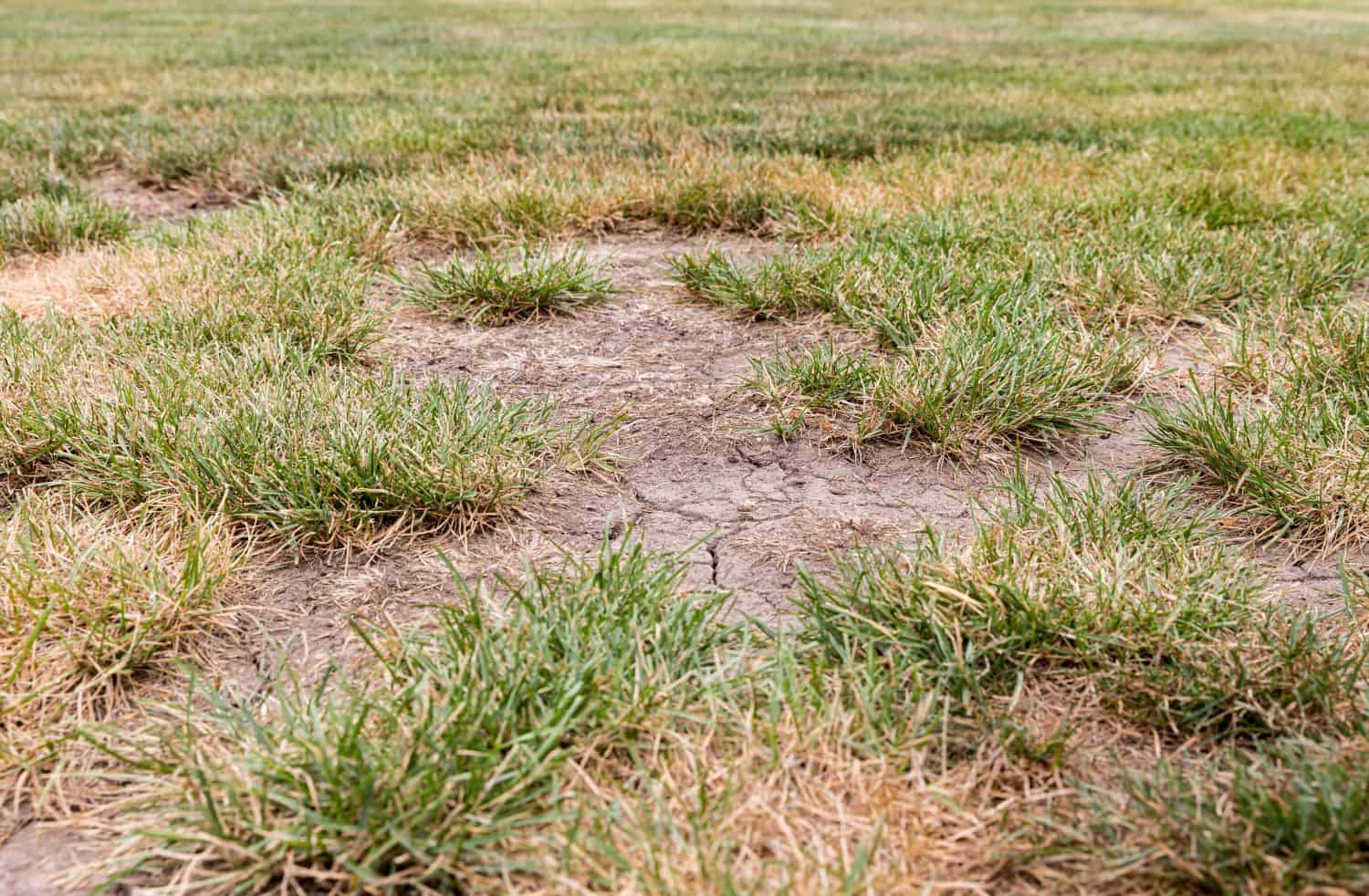
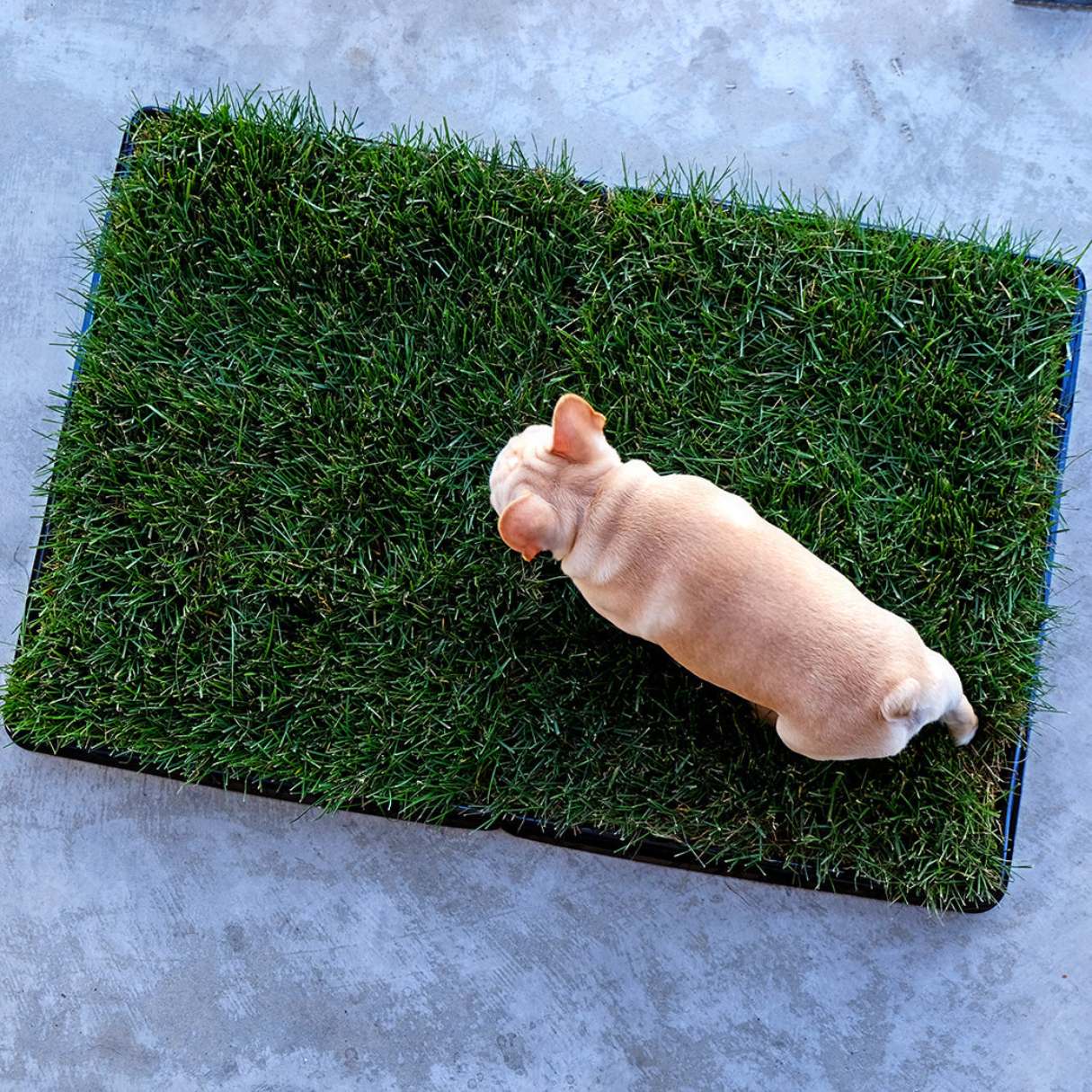
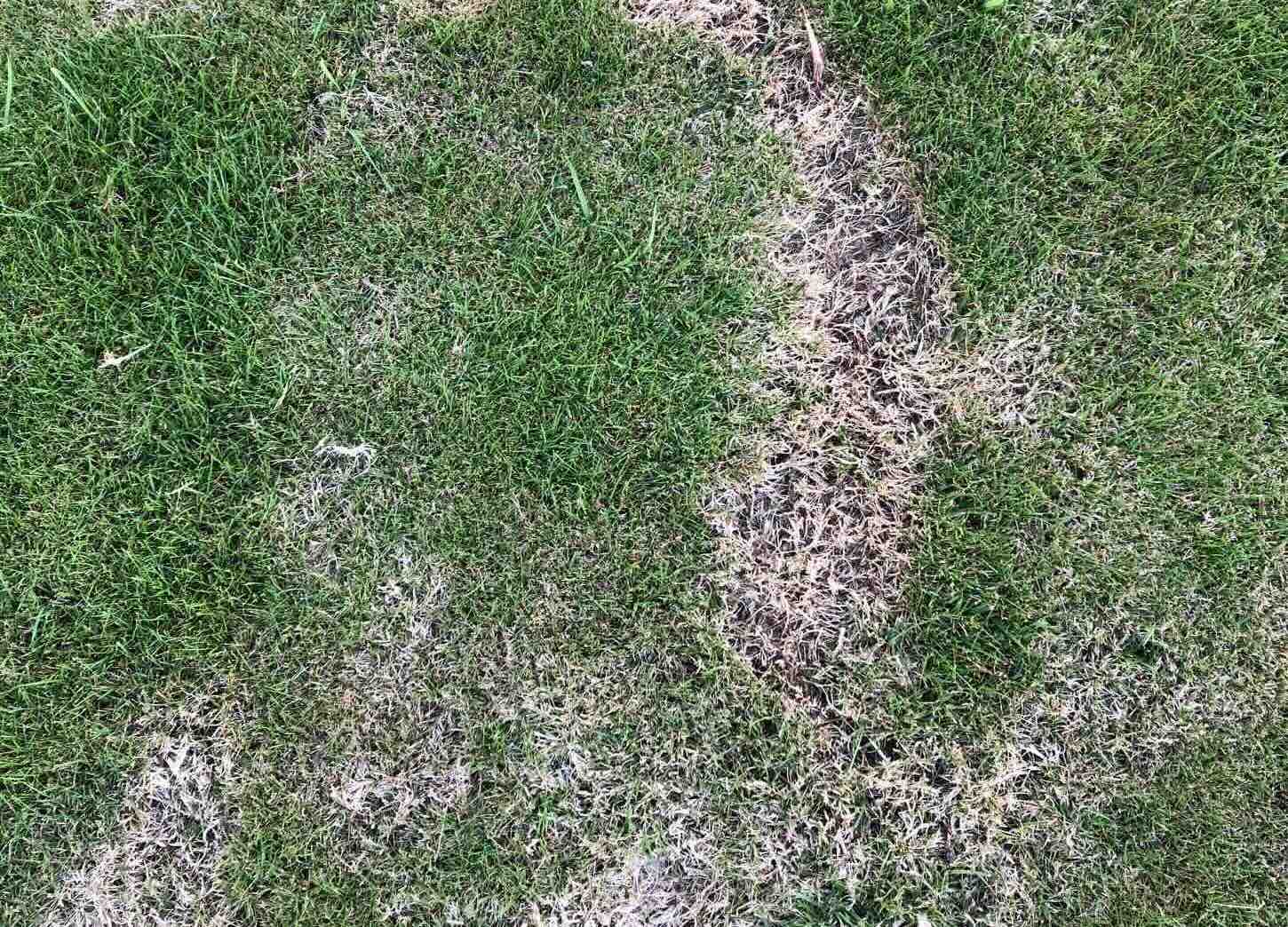
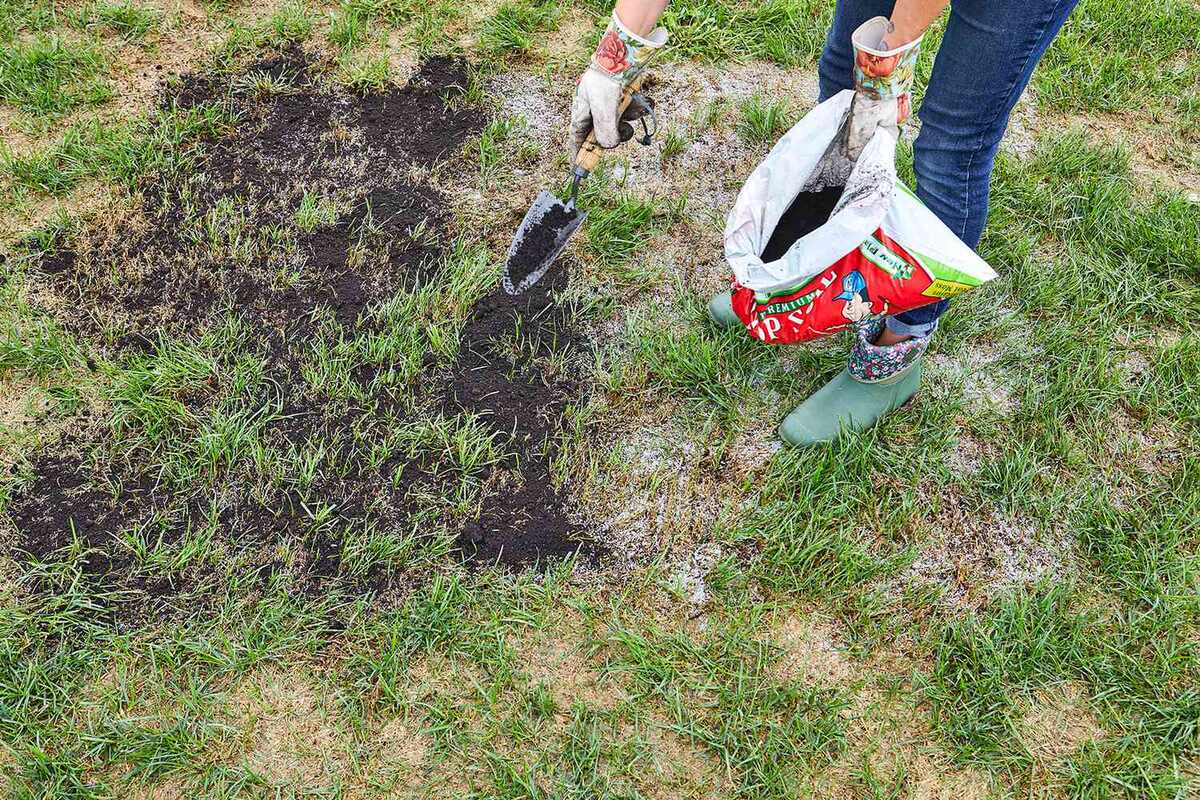
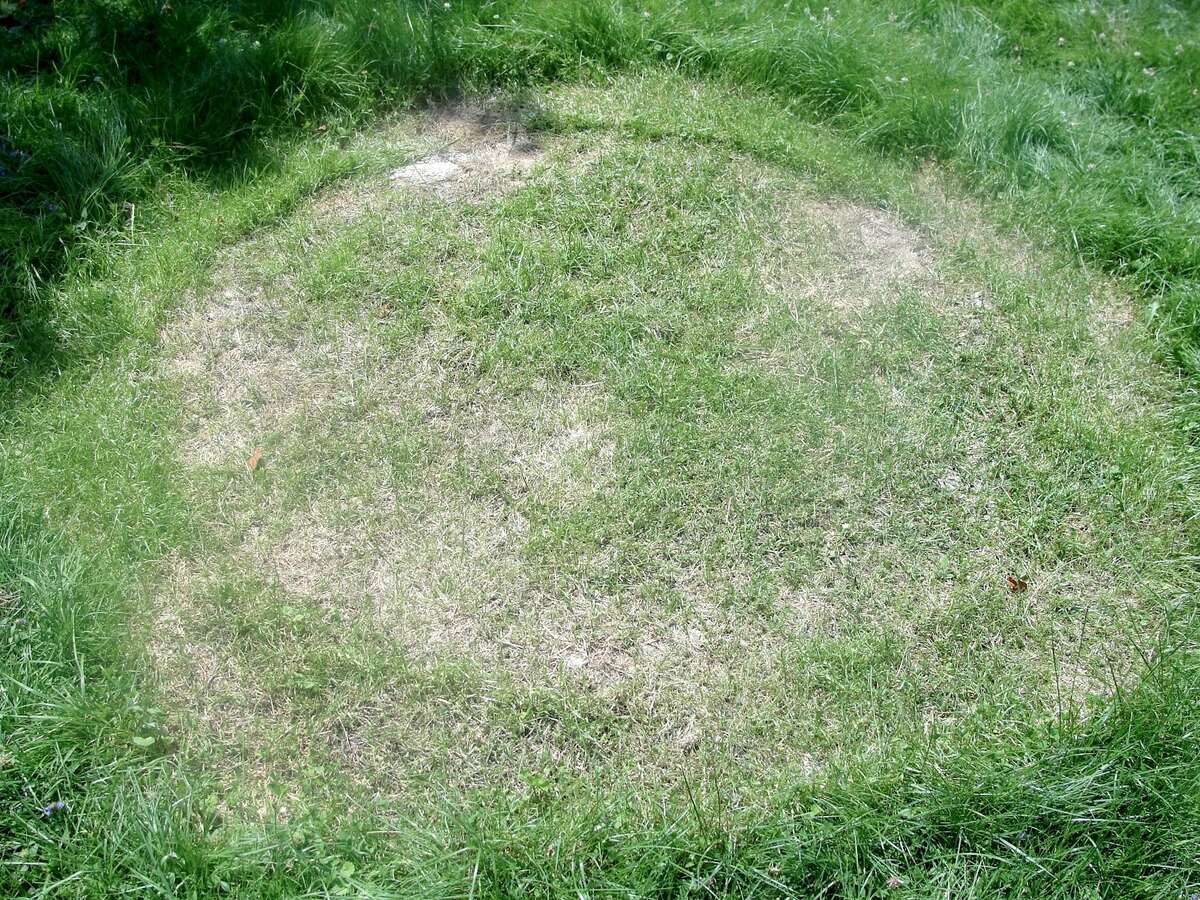
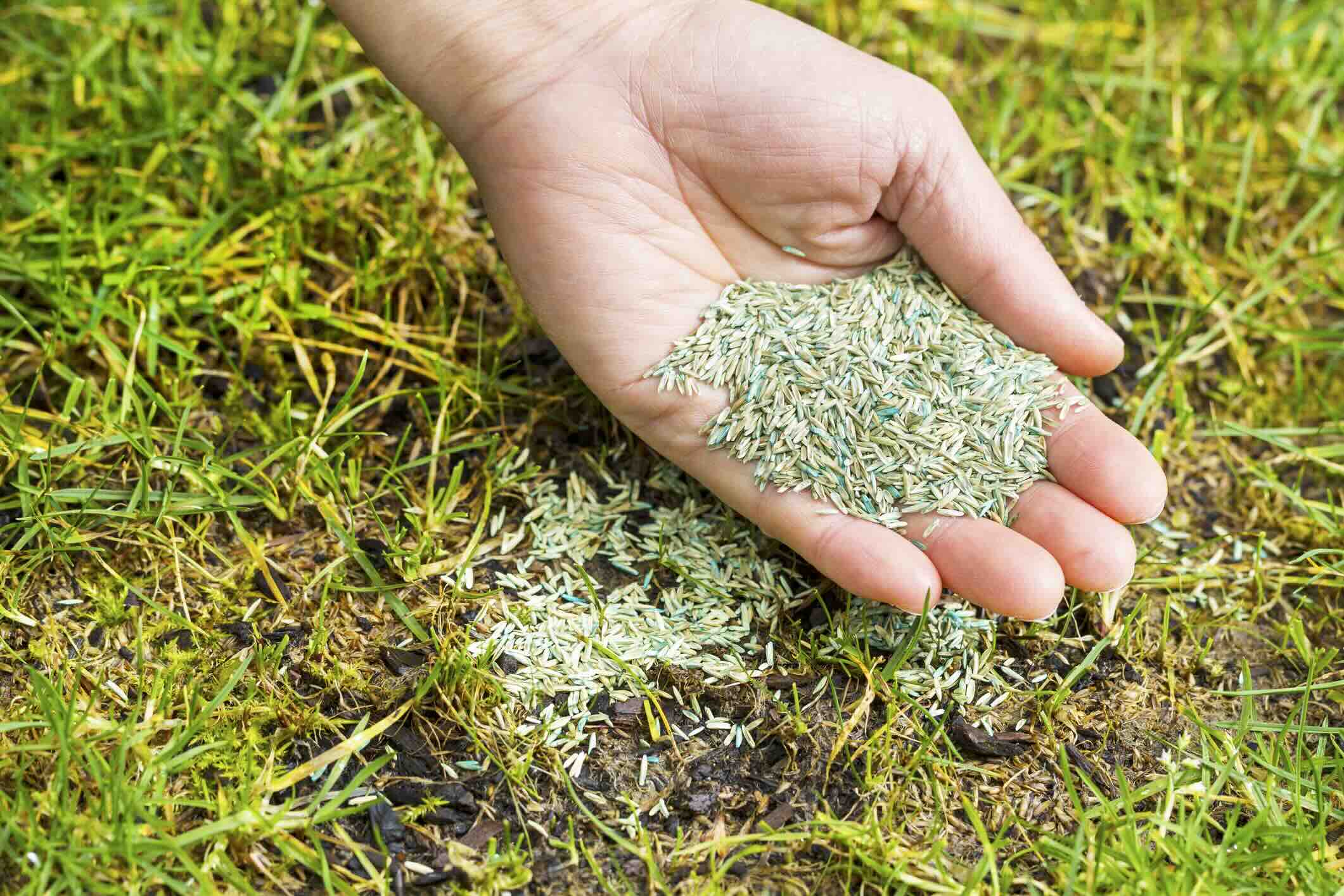
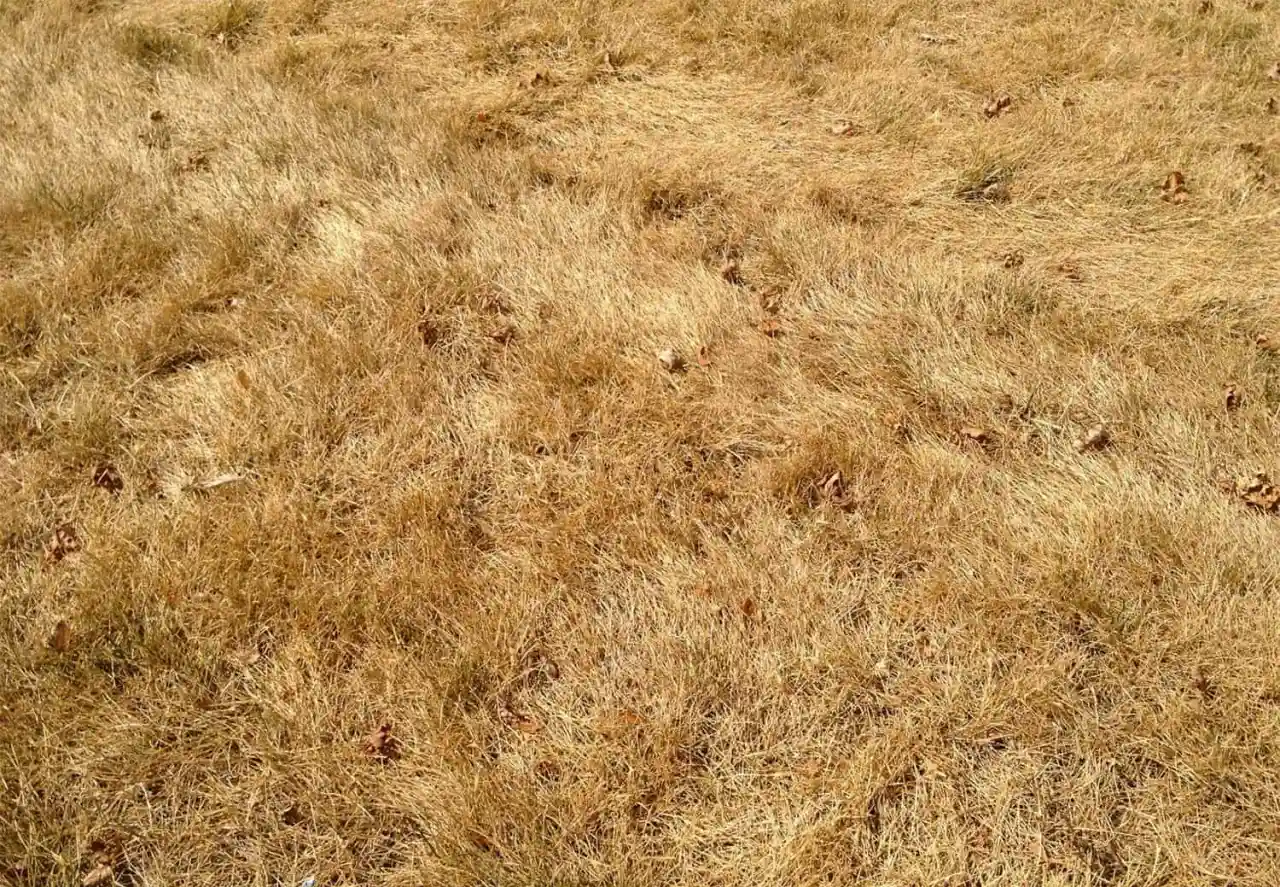
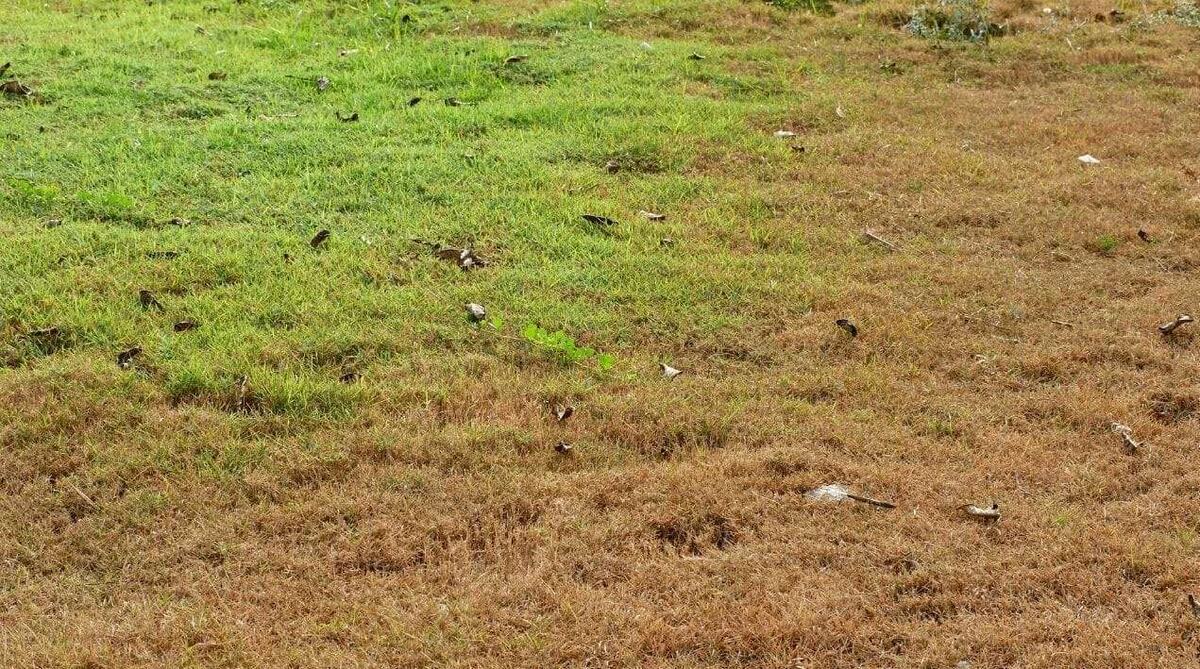
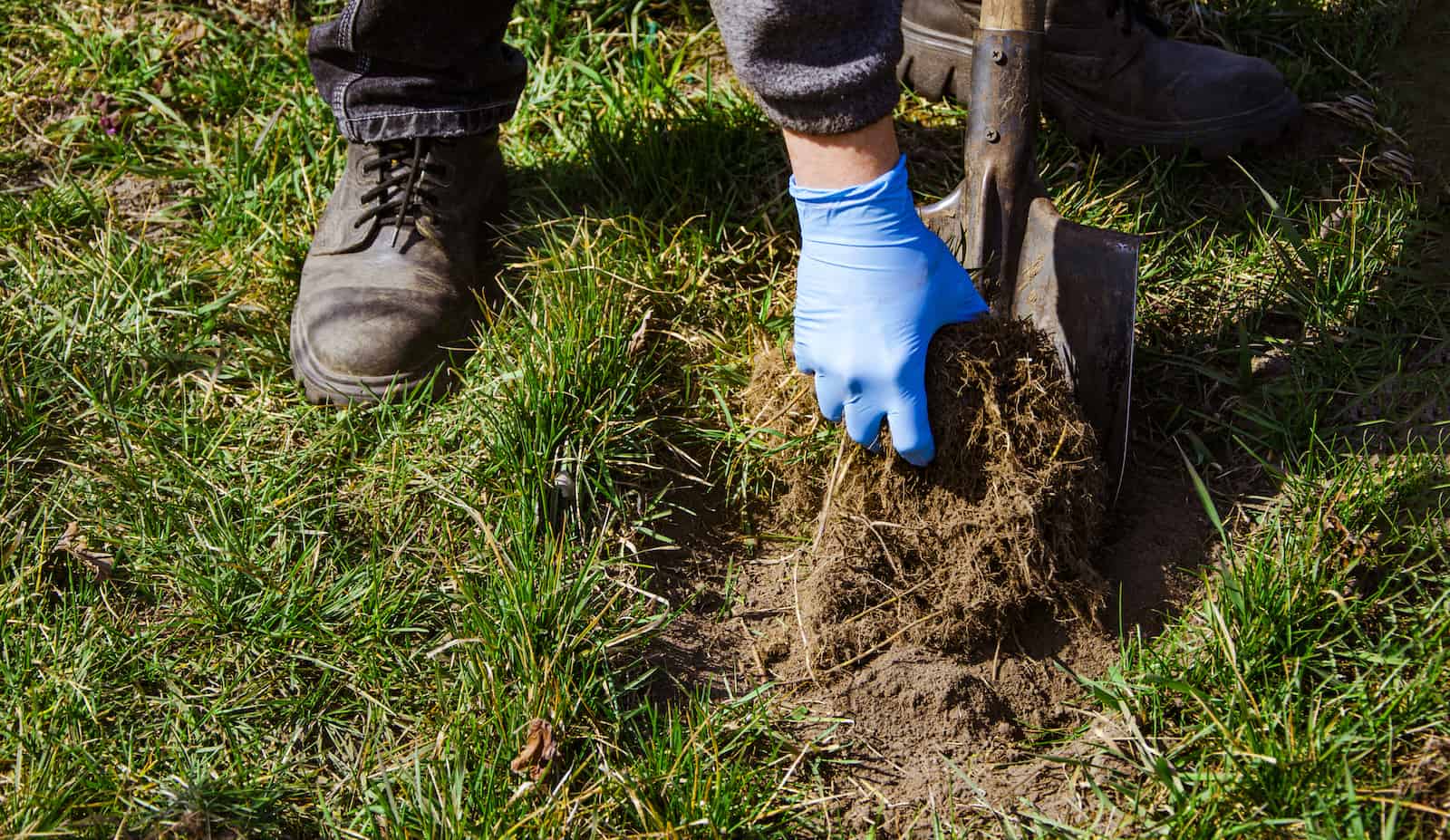
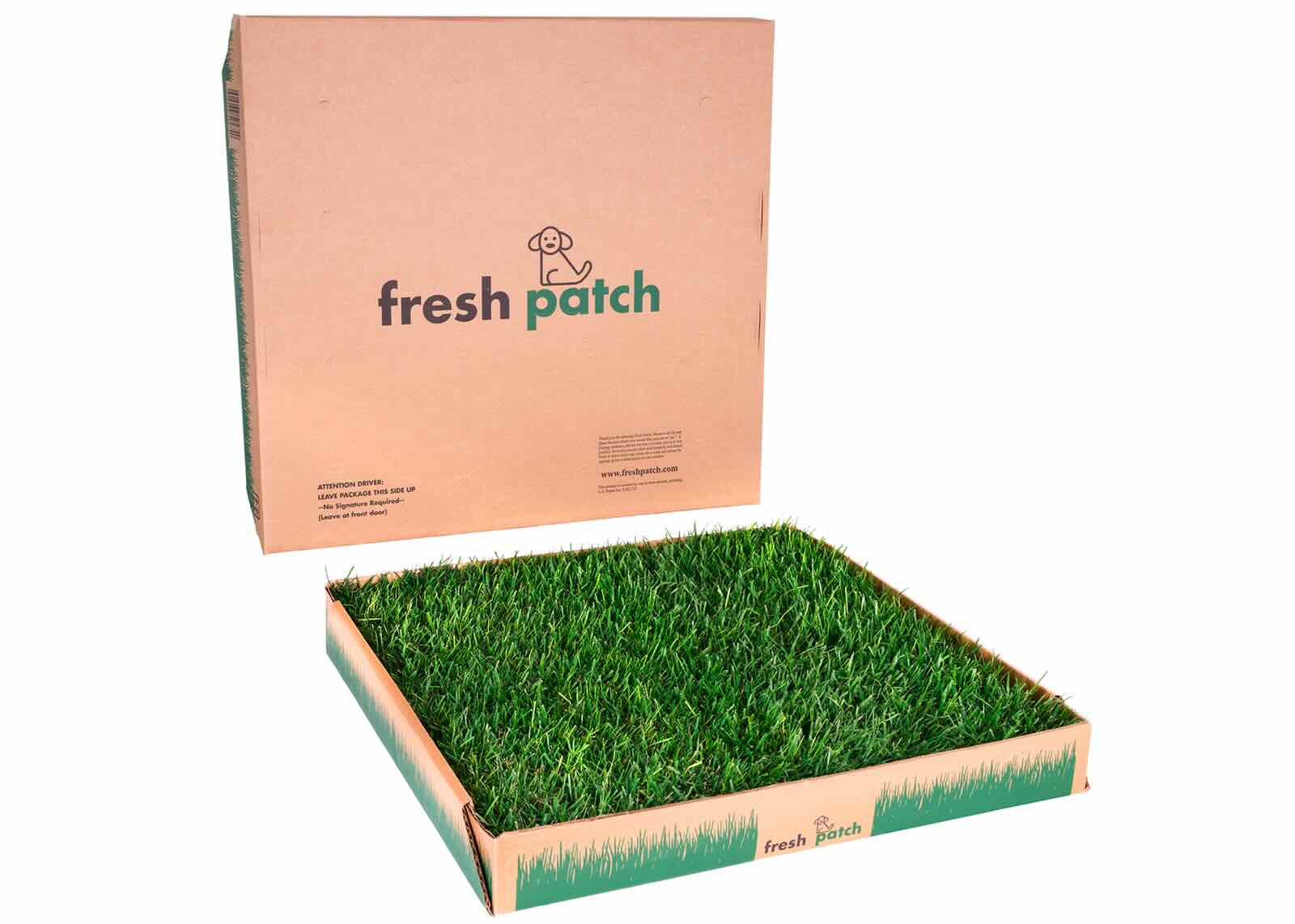

0 thoughts on “How To Fix Brown Patches In Your Grass”